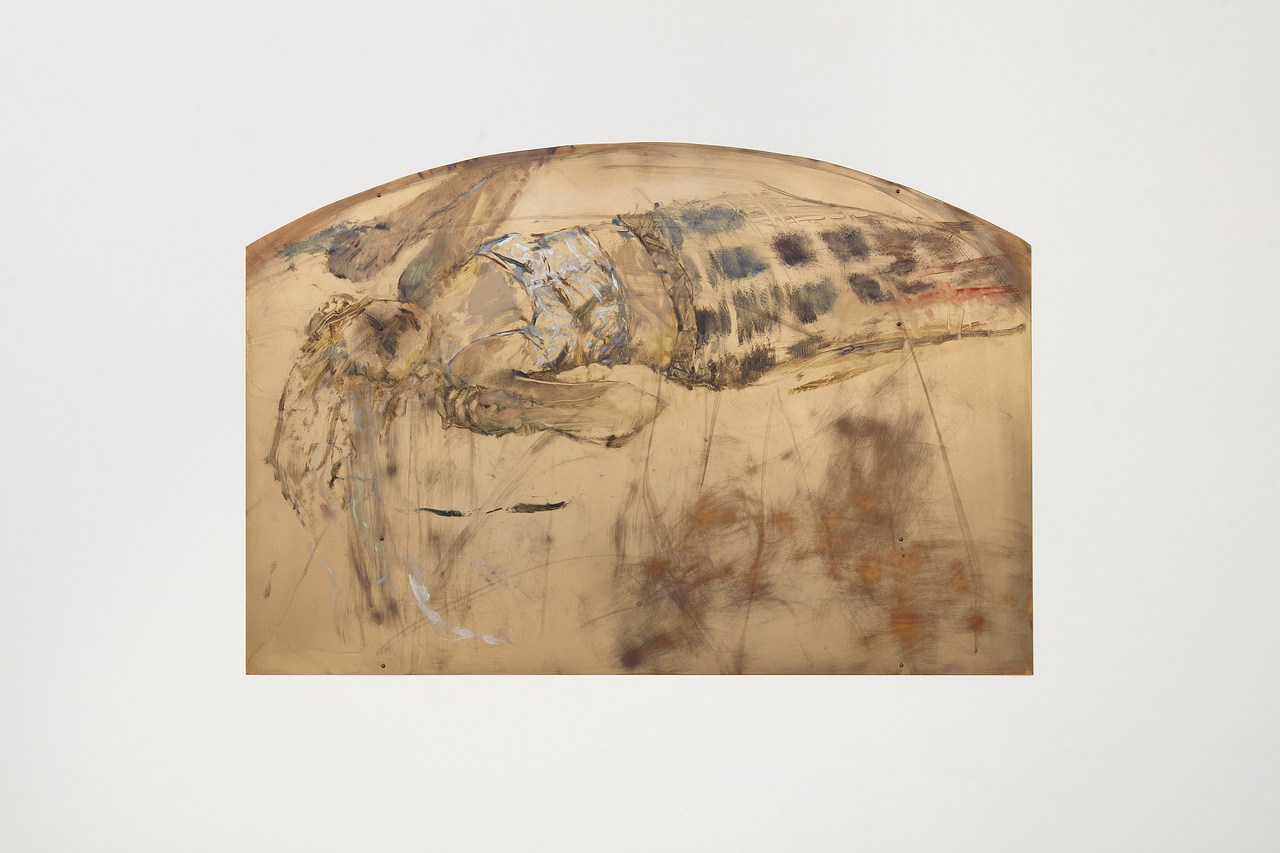12 min read
The first Jewish settlements in the United Kingdom
Before the Norman Conquest of 1066, Jewish people lived in England, but not as part of organised communities. The first Jewish settlement of 1070 was comprised of Jewish financiers from Rouen, in the northern region of France, who were invited in by William the Conqueror (William I) to establish themselves in England and Wales in the hopes that they could prop up the administration of his government and consolidate his position as the King of England.
William the Conqueror depicted in the Bayeux Tapestry, Wikipedia
In order to achieve this William I was required to borrow large sums of money. However, he was impeded by Catholic doctrine, which considered lending money for interest, also known as usury, a sin, forbidding Christians from participating in the practice. As Judaism permits loans with interest between Jews and non-Jews, this obstacle was circumvented, and Jewish people were encouraged and sometimes forced to engage in this practice. Once they arrived in England and Wales, Jewish people became the collective property of the Crown, and, while they were granted a Charter of Liberties which meant that they could rely on the Crown for protection, they were also taxed onerously. The privilege to lend money at interest was exploited by English rulers and, although business dealings prospered between Jews and Christians, as the former grew wealthier, the Jewish community became more and more relied upon as a source of funds, not only for the monarchy, but also for the wider Christian population. Increasing amounts of debt to Jewish creditors, alongside the perceived image of Jews as being on the side of rulers, stoked the growing antisemitic sentiment plaguing Europe at the time. This was also propagated by the beginning of the Crusades in 1096 and fabricated allegations of Jews taking part in a ritual called ‘blood libel’, which involved the abduction and sacrifice of Christian children. The Crown did not protect the Jewish community from persecution and supposedly sometimes conflict was even encouraged by rulers such as William II (William Rufus), the son and successor of William I, who would orchestrate public debates on theological topics between the two parties. All of this came to a head on the coronation of King Richard I in September of 1189, when many Christian and Jewish subjects alike came to Westminster Abbey in London to pay homage to their new ruler. However, Christian holding religious superstitions regarding the presence of Jews at the holy event, flogged them and threw them out of the coronation banquet. After this incident, rumour spread like wildfire throughout England that the king had ordered the murder of Jews, which led to multiple instances of mob-led anti-Jewish violence in London, East Anglia, Lincolnshire and York. Indeed, it was in York that the bloodiest pogrom took place on the 16th and 17th of March, 1190, where 150 Jews were massacred, which completely eradicated the local Jewish community. What set this particular attack apart from the rest is that it was led by the noblemen Richard Malebisse, William Percy, Marmaduke Darell, and Philip de Fauconberg, who took advantage of growing anti-semitic sentiment to erase large amounts of debt accrued from Jewish moneylenders. It was this attack that prompted King Richard I to develop a new system where records of loans were to be kept in archae (chests) in each Jewish settlement, to avoid record destruction.
The Expulsion of Jews of 1290
Subsequent rulers, such as King John (1199-1216) forced the Jewish community to pay ever increasing amounts of money as taxes. In 1210, as a result of his debt accrued from a failed campaign against France, he summoned Jewish leaders from across England to Bristol, where they were imprisoned and tortured, because he believed that they had concealed their assets from him in 1207. They were threatened with continued imprisonment, torture and expulsion if they did not pay him 66,000 marks (approximately the equivalent of £1,000,000 today). They were unable to pay this sum, which resulted in many arrests and jail sentences. In 1215, King John signed the Magna Carta, which contained two clauses pertaining to Jewish moneylending:
‘10. If anyone has taken a loan from Jews, great or small, and dies before the debt is paid, the debt is not to incur interest for as long as the heir is under age, whoever he may hold from. And if the debt comes into our hands, we will take only the principal recorded in the charter.









